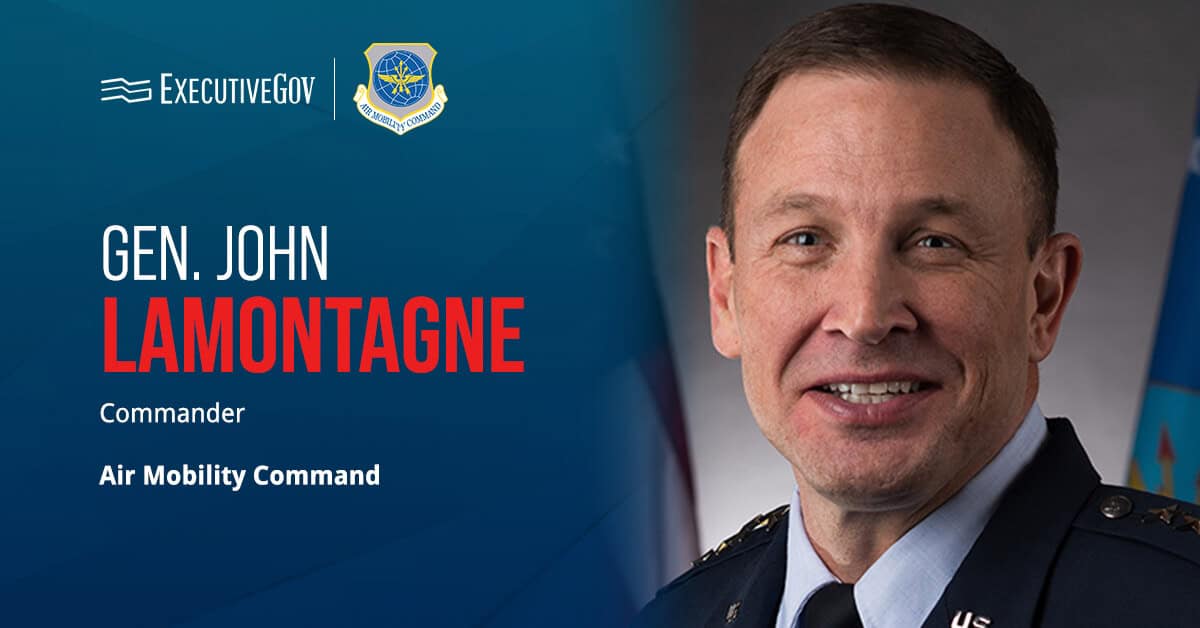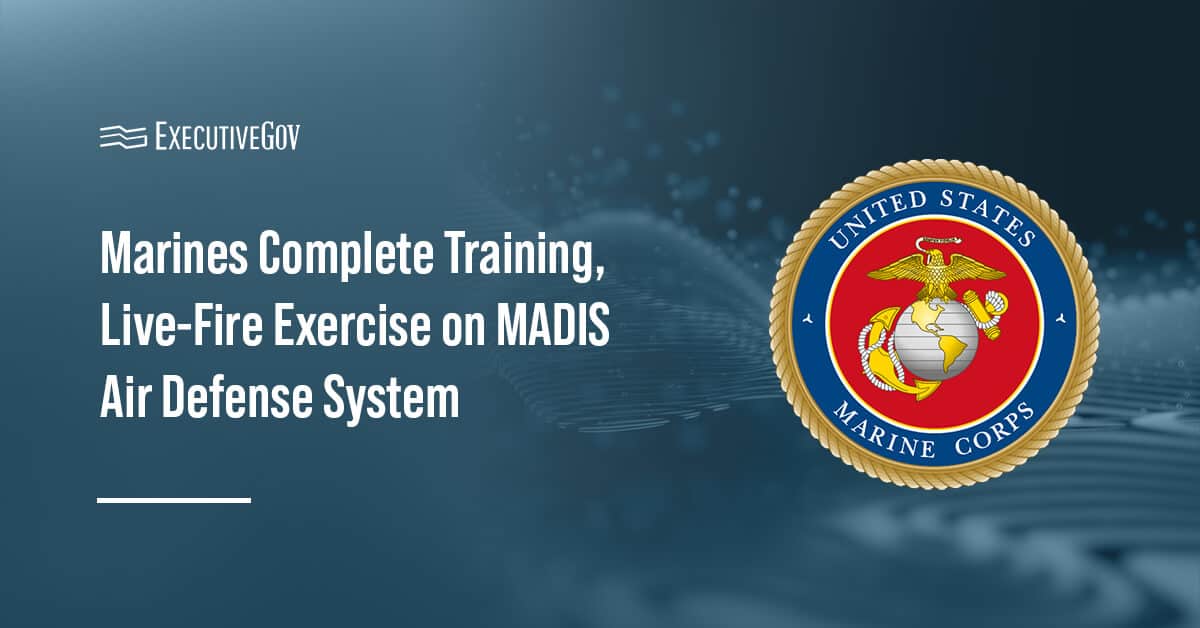
NASA tested the agency's capacity to accommodate a large mass of work-from-home arrangements caused by a potential cononavirus outbreak, Federal Times reported Friday.
The space agency conducted an exercise Friday to demonstrate the NASA infrastructure's and emergency systems' preparedness for mass teleworking. Steve Jurczyk, associate administrator of NASA, said in an email that he encouraged the agency's staff to participate in the teleworking test if applicable.
NASA may implement a mandatory telework order in the event of a coronavirus-related emergency.





